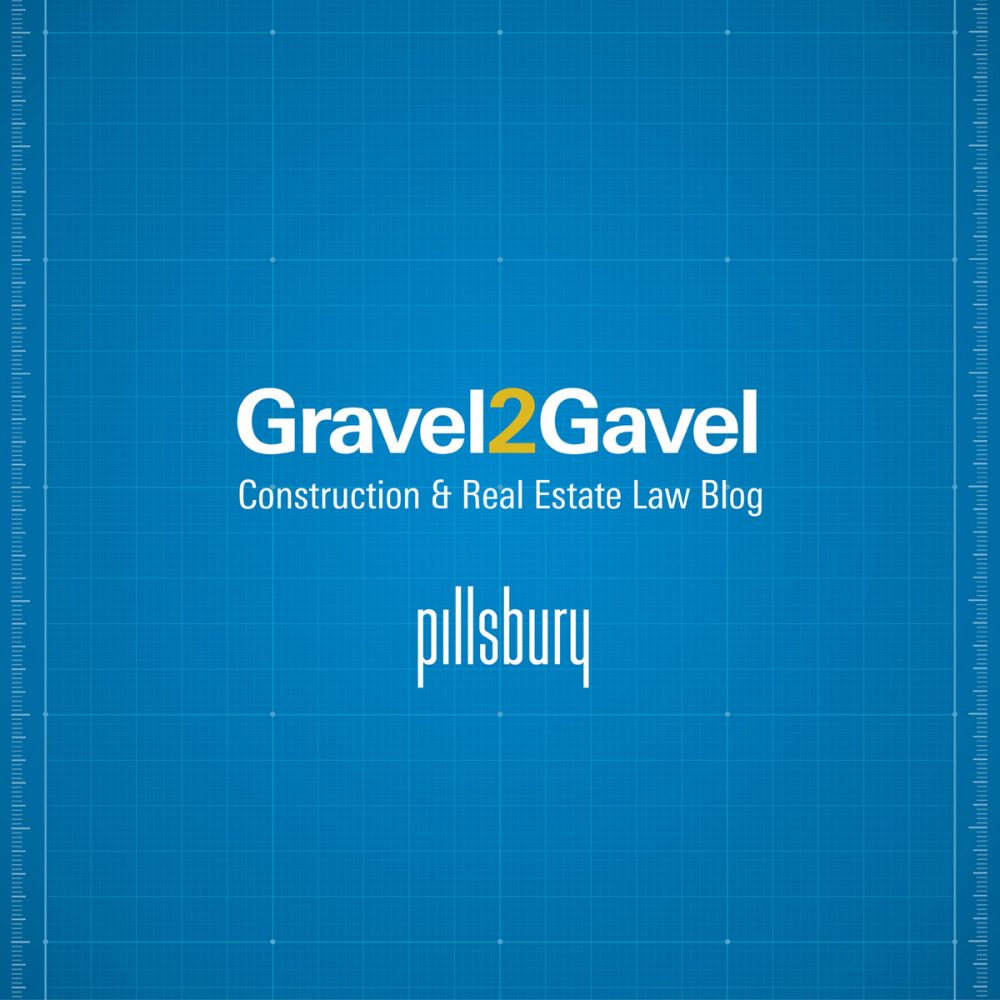The NRDA regulations provide two paths to assessing natural resource damages (NRD): (1) the more complex, site-specific Type B procedures for detailed NRDAs and (2) what is intended to be the standard, simplified Type A assessment procedures requiring minimal field observation. Particularly, the Type A process is reserved for two specific aquatic environments (coastal and marine areas or Great Lakes environments) when a relatively minor release of a single hazardous substance occurs, resulting in a smaller scale and scope of natural resource injury, and the rebuttal presumption for the Type A procedure is limited to damages of $100,000 or less under the current version of the rule.
In practice, however, the Type A “simplified” procedures, promulgated in the late 1980s and last updated in 1997, are rarely utilized, due in part to this narrow application and the fact that the methodologies prescribed by the Type A rule are insufficiently flexible and unable to accommodate evolving ecological, toxicological, technological, or other scientific advancements and realities.
DOI’s proposed rulemaking highlights and seeks to address these shortcomings by introducing significant changes to the Type A process. DOI states that its “objective is to essentially formalize beneficial practices that have evolved since the 1997 promulgation” and utilize the “well-established methodologies” that can be suited for these smaller, less contentious incidents that do not justify the more extensive Type B procedures. To this end, DOI is evaluating the following key revisions:
Expanded Geographic Applicability. The proposed revision would remove the current restriction of the Type A assessments to specific geographic environments (coastal and marine areas or Great Lakes environments). Thus, the Type A procedures could be used at any location where eligibility is otherwise met. This expansion opens up opportunities for the Type A process to be applied in a greater number of NRDA cases.
Clarified Scenarios Eligible for Type A. Type A can be used where at least one of the potentially responsible parties (PRP) has voluntarily agreed to utilize Type A and a tolling agreement for at least one year is in place to stop the running of limitations period for claim.
Expanded Monetary Applicability. Recognizing the inadequacy of the existing cap on damages eligible for Type A assessments, the proposed rule significantly raises the threshold from $100,000 to $3 million (exclusive of reasonable assessment costs), with certain exceptions extending up to $5 million when the claim relates to injury resulting from …
Flexibility in Assessment Models. The proposed rule would broaden the range of assessment models available for Type A evaluations, moving away from the two existing static equations, which are long outdated, towards allowing a broader range of methodologies, such as habitat equivalency analysis (HEA) and resource equivalency analysis (REA) that have long been used in Type B NRDAs. Importantly, trustees and potentially responsible parties will not be limited to only those models listed in the regulations but may use other models that “are appropriate for determining damages to fund restoration activities.” This shift acknowledges the need for flexibility and for modern, scientifically sound approaches to calculating damages and g…
Further, DOI revised the provision for allowing use of both a Type A and a Type B procedure for the same release. As before, this can be done if the Type B procedure is cost-effective and there is no double recovery. In addition, the Type B procedure must be limited to assessing damages that do not fall within the categories addressed by the Type A procedure. With respect to this limitation, the proposed rulemaking simplifies the categories of alleged injury and potentially compensable value that the Type A procedure must address from 10 factors to three: (1) lethal and sub-lethal injuries to individual organisms within discrete species or guilds; (2) injuries to habitat and ecological productivity; and (3) impairments to human use of natural resources.
As we previously reported, these proposed revisions as they were previewed in the ANPR have garnered support from various stakeholders and industry groups, and DOI has extended the comment period. Those wishing to provide their input on the rule may do so until April 5, 2024.
For more information and to participate in the comment process, visit the official DOI website or contact Pillsbury’s Environmental & Natural Resources practice group.
RELATED ARTICLES
Rulemaking to Modernize, Expand DOI’s “Type A” Natural Resource Damage Assessment Rules Expected Fall 2023
